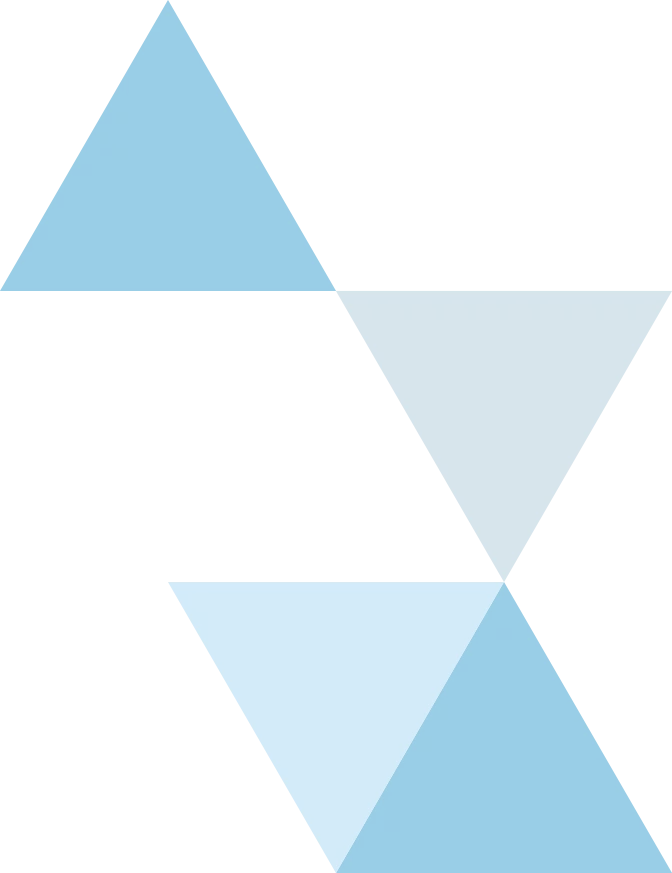Multiple Employer Aggregation Programs (MEAP)
Multiple Employer Aggregation Programs (MEAP) is a group 401(k) program designed and made available for an organizations’ members or clients.
The MEAP is designed to gather each plan’s important administrative, recordkeeping and fiduciary services to be overseen by a third party, typically a 3(16) administrative and 3(38) investment fiduciary.
Aggregation Programs
-
▾
What is a Multiple Employer Aggregation Programs (MEAP)?
A Multiple Employer Aggregation Program provides a qualified Group Plan 401(k) to an organization’s members or clients; the adopting employers do not have to share a business nexus. An Aggregation Program gathers and centralizes each adopting plan’s administrative, recordkeeping and investment services, although each adopting employer retains their role as Plan Sponsor.
-
▾
What are the Key Characteristics of a MEAP?
- There is a centralized 3(21) Investment Advisor and/or 3(38) Investment Fiduciary, as well as a 3(16) Plan Administrator.
- Individual Form 5500s are filed for each adopter.
- No group audit.
- Simplicity of fixed pricing matrix (can be tiered based on assets), advisory compensation, investment options, and fiduciary assignments.
- Avoids aggregated plan audit fees and payments into an Expense Budget Account (EBA). In contrast, in MEPs and PEPs, adopters pay a small percentage of assets into an account to pay for shared expenses incurred by the plan. The most common shared expense is the plan audit. However, because adopting employers of an Aggregation Program operate independently of one another, there are no shared expenses across adopters.
- Can have combined Aggregation Program/Defined Benefit or combined Aggregation Program/Cash Balance plans.
- Multiple broker-of-record arrangements available for plan adopters so that each adopting employer can select their preferred advisor.
-
▾
What are the Necessary Documents?
- Plan Document — Retained by each adopting employer as a Plan Sponsor.
- Adoption Agreement — Retained by each adopting employer as a Plan Sponsor.
-
▾
What are the Limitations of a MEAP?
- Fixed fund lineup — All adopting employers share one common fund lineup. When the Investment Fiduciary makes additions to, or removals from, the fund lineup, notification must be provided to all eligible individual Aggregation Program participants, as changes are made across all adopting employers.
- Economies of scale — While smaller plans will see pricing benefits if they become part of an Aggregation Program, the economies of scale will be less than they would be for a MEP or a PEP, which are considered as one plan for reporting purposes.
- Plan Sponsor fiduciary liability — Adopting employers generally retain their fiduciary role as Plan Sponsor.
-
▾
What are the Benefits of a MEAP Compared to Single-Employer Plans?
- Significantly fewer administrative duties.
- Lower costs through greater plan asset totals.
- Mitigation of fiduciary responsibilities and liabilities.
Complete the form below and a TRA Regional Plan Consultant (RPC) will promptly be in contact with you.

Consider TRA's 3(16) Fiduciary Services & Plan Administration
To alleviate the day-to-day administrative burdens of yours or your clients retirement plans.
